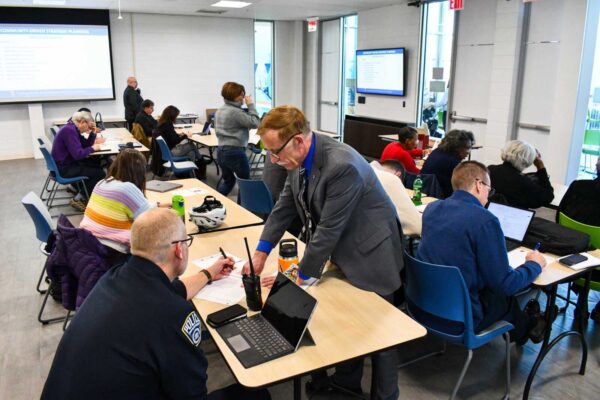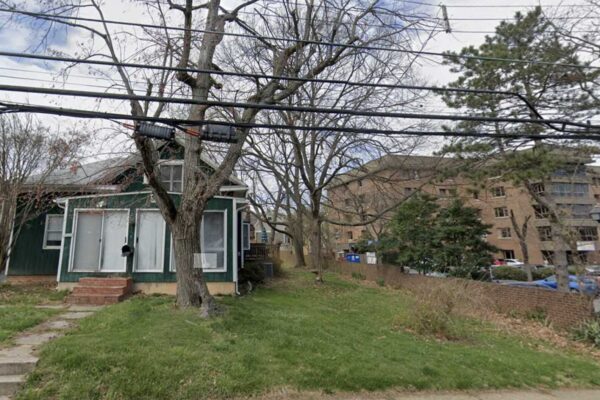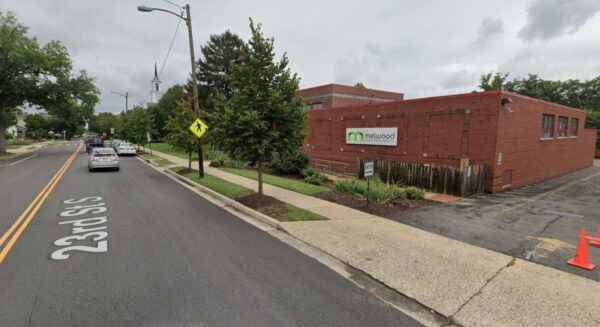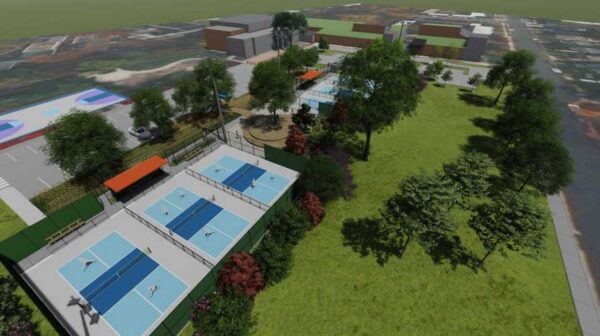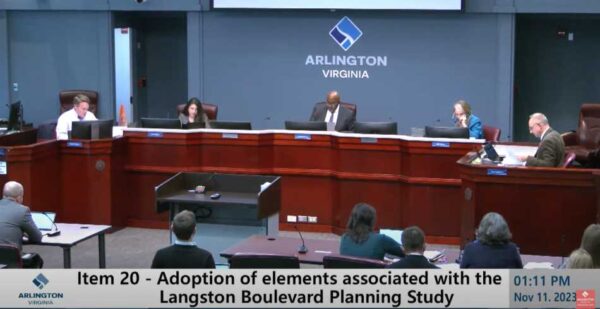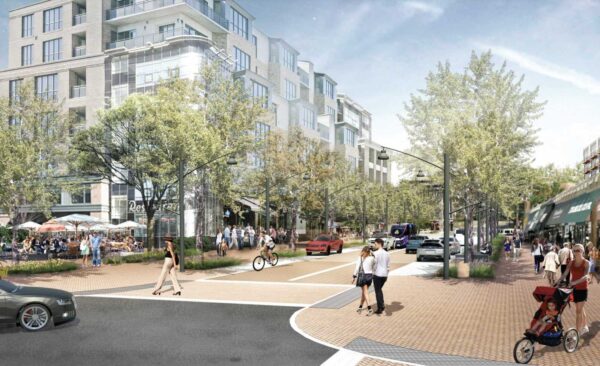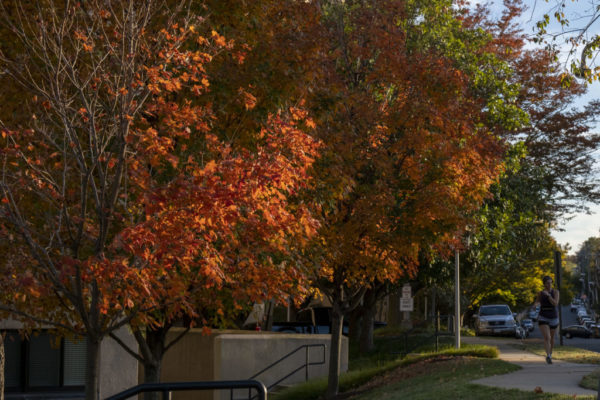The Arlington County Fire Department has a new plan for the next five years centered on recruitment, retention and employee wellbeing.
ACFD’s first-ever strategic plan, released earlier this month, is part of an effort to refocus the department around core values. Based on community and employee concerns about staffing, health and workplace culture, the agency developed the document to solve problems and improve existing systems.


